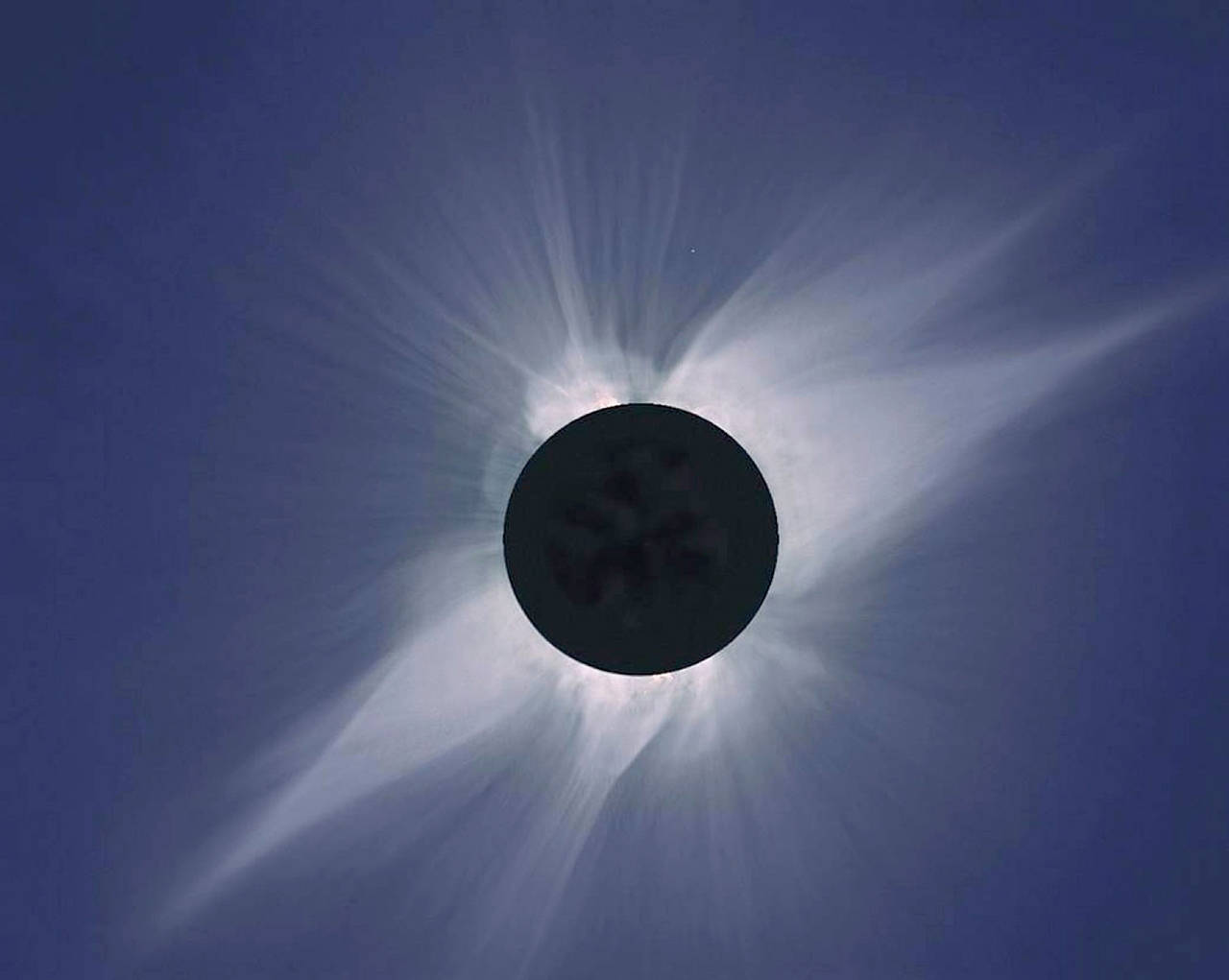By Sarah Kaplan / The Washington Post
When the moon passes in front of the sun, the world goes still. The wind dies down. The temperature drops. Birds are silenced mid-song.
“You feel the shadow of the moon pass over you … and you really feel that something is wrong,” said Matt Penn, who has seen two eclipses in his life.
The sensation is akin to what tiny mammals must feel in the shadow of a circling hawk, Penn mused. It yanks you back to your most primitive evolutionary past.
Then the moon moves. The darkness is lifted. The eerie sense of vulnerability evaporates with the sun’s renewed warmth on your skin. Eclipses are quick; they last no longer than a few minutes in any given spot, and researchers who study them must act quickly to gather data.
But Penn, an astronomer at the National Solar Observatory in Tucson, Arizona, wants to make the moment last. He and a battalion of volunteer scientists are gearing up for what the space hype machine has dubbed the “Great American Eclipse.” When the moon passes in front of the sun on Aug. 21, scientists at more than 60 sites across the country will stand in its shadow, ready to catch it on camera. If the project is successful, the stitched-together video will be the longest movie of a total solar eclipse ever made.
The point of the project, called the Citizen CATE (Continental-America Telescope Eclipse) Experiment, is not simply to make a pretty film – though the result of the experiment is sure to be stunning. Penn and his colleagues are interested in an enigmatic region of the sun called the corona, a dim halo of exceedingly hot gas that’s invisible under normal circumstances.
The solar corona is a wild and fearsome place, characterized by raging solar winds and temperatures that hit 1 million degrees Kelvin (more than 100 times hotter than the sun’s surface). It’s the source of coronal mass ejections – sprays of hot, ionized particles that blast off the sun and can stream toward Earth, where they bombard our atmosphere and trigger the lights of the aurora.
Scientists who study coronal mass ejections (CMEs) are known as space weather researchers. They need to know more about the activity that leads to these ejections because they pose serious threats to astronauts, satellites and technology on the ground. The blast of energy can generate massive electrical currents in Earth’s atmosphere that can get picked up by power stations and then short out large swaths of the electrical grid. A recent report by the National Academies of Sciences estimated that the cost of a severe CME could exceed $2 trillion.
“The corona is a mysterious object… . We don’t have a good understanding of where the solar wind gets its energy from,” Penn said. “Understanding the fundamental processes of the wind will help us understand these coronal mass ejections better.”
Despite its tremendous heat, the corona doesn’t burn as brightly as the main part of the sun, called the photosphere. Scientists can view this dim halo by blocking out the glare of the photosphere with an instrument called a coronagraph, but the technique is still inexact. Only the moon blocks the photosphere perfectly, revealing even the innermost part of the corona in brilliant detail. That’s what makes solar eclipses so thrilling to scientists.
And this eclipse is more thrilling than most. Because it moves across thousands of miles of mostly inhabited landscapes, rather than hard-to-reach wilderness or open seas, it will be within sight of scientists for almost the duration of totality.
“Most eclipses last only from maybe a couple of minutes to seven minutes at the most, and that’s actually not a lot of time to see the dynamics,” said C. Alex Young, a heliophysicist at NASA’s Goddard Space Flight Center. “But because it’s going over land for roughly an hour and a half, we can follow the eclipse. We can’t actually send a camera in real time, because the shadow is traveling way too fast. But we can line up lots of specialized cameras and telescopes along the path, and it’s almost like following the eclipse itself.”
Penn arranged for volunteers at every Citizen CATE site to get an identical telescope equipped with an identical camera, and a computer loaded up with identical software. Several times in the next few months, they’ll practice synchronizing their observations to make sure they’re ready for the big event.
As the shadow crosses the continent, first in Oregon, then Idaho, then southeast to South Carolina, scientists at each site will switch on their cameras to catch the brief minutes of totality. Their videos, each about 2 minutes long, will be stitched together into a 90-minute film that scientists can watch for insight into the inner corona.
“It’s the ultimate deadline,” Penn said. “You have to be ready when totality starts, because you can’t stop the moon.”
Talk to us
> Give us your news tips.
> Send us a letter to the editor.
> More Herald contact information.

























